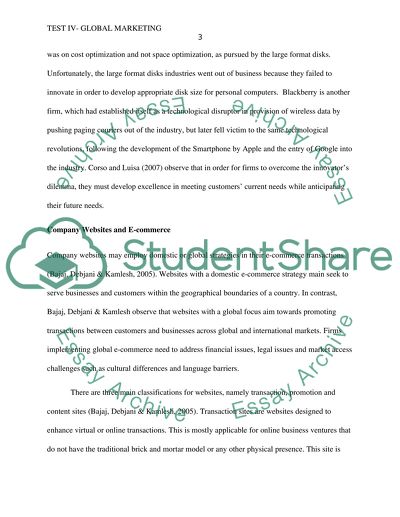Cite this document
(“The Digital Revolution Research Paper Example | Topics and Well Written Essays - 750 words”, n.d.)
Retrieved from https://studentshare.org/marketing/1648734-the-digital-revolution
Retrieved from https://studentshare.org/marketing/1648734-the-digital-revolution
(The Digital Revolution Research Paper Example | Topics and Well Written Essays - 750 Words)
https://studentshare.org/marketing/1648734-the-digital-revolution.
https://studentshare.org/marketing/1648734-the-digital-revolution.
“The Digital Revolution Research Paper Example | Topics and Well Written Essays - 750 Words”, n.d. https://studentshare.org/marketing/1648734-the-digital-revolution.


